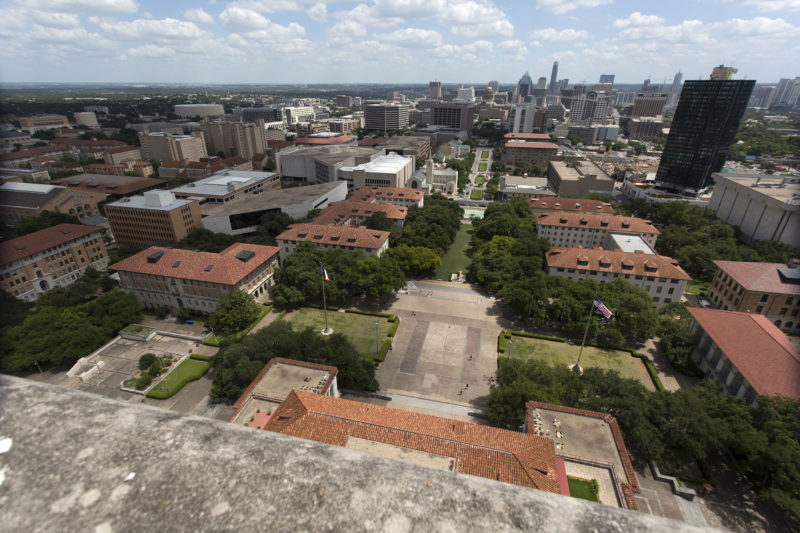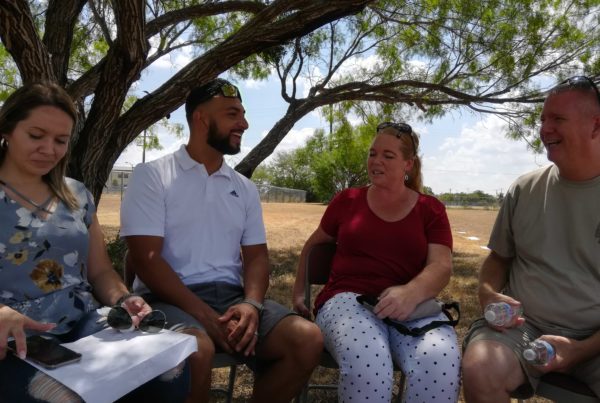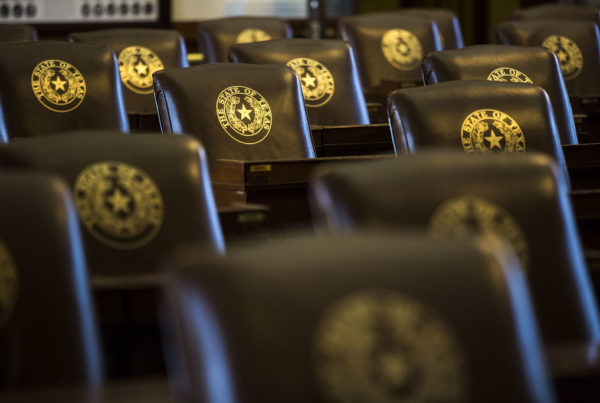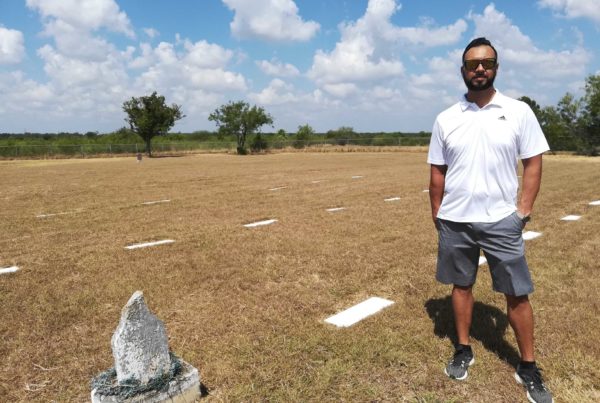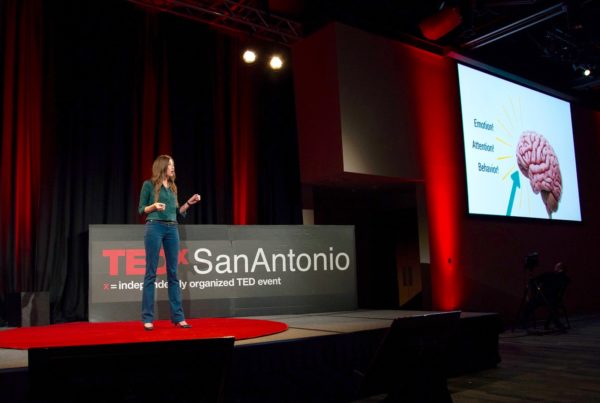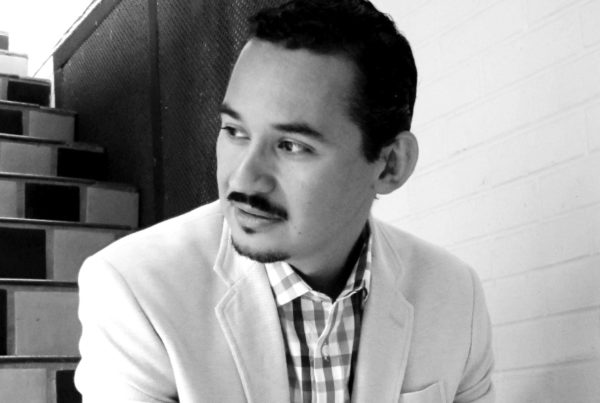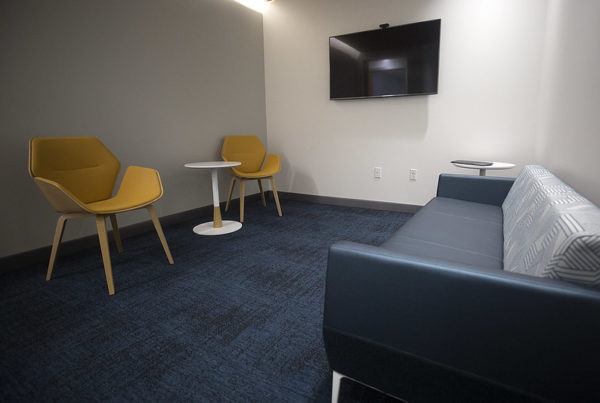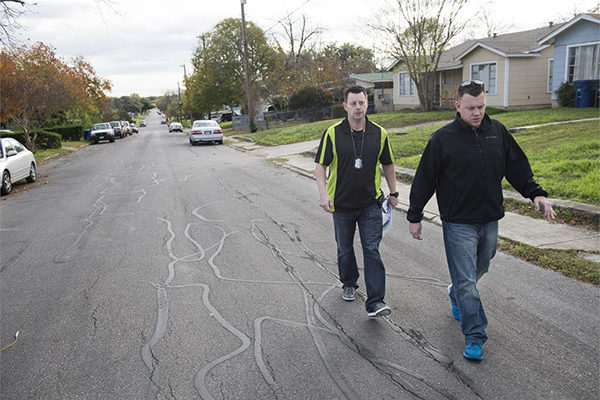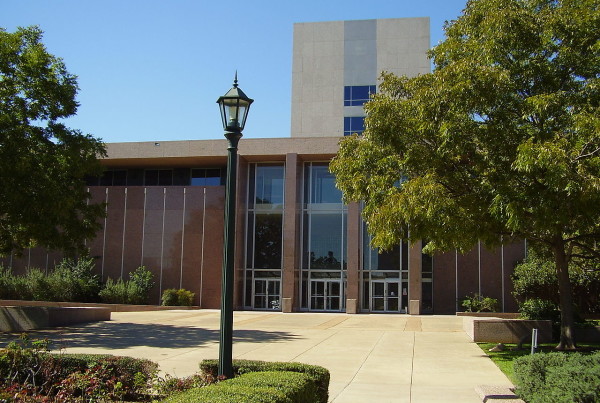Mass violence has been used to spark conversations about mental health. This makes many advocates uncomfortable – because while any attention on policies to improve mental health care is welcome – mental illness can also be further stigmatized by the link. And it’s a link that is often inappropriate and over-used.
There’s a case study for the evolution in conversations about mental health and reactions to mass violence right here in Texas. In 1966, Texas saw the nation’s first modern mass shooting on an American college campus.
On August 1st of that year, a sniper made his way to the top of UT-Austin’s iconic tower and opened fire, killing more than a dozen people on campus and injuring many more.
Texas Standard talked with close to 100 people who were eyewitnesses or otherwise remembered the events for a documentary about the 50th anniversary of the shooting.
It came “Out of the Blue” because no one had ever heard of or expected something like the attack.
“In 1966, we had no idea. So this was a whole new thing,” Aileen Short Gauntt said.
“I didn’t have a frame of reference in my brain to go to understand what this was and how this could have happened,” Jim Langdon said.
“There’s no, ‘oh, this is like such and such.’ There’s just nothing there,” Sue Wiseman said.
“It was completely unheard of. You didn’t have the mass shootings and the violence then that we seem to kind of take for granted now,” Wilhemina Delco said.
When the shots were being fired, most people found other explanations for the sound.
“I kept hearing what sounded like lumber dropping, it was like a clapping sound,” Bob Matjeka said.
“Back then we had Coke bottles, so it sounded like cases of Coke bottles being placed on top of each other,” Jeanette Brian Lawrence said.
“It was what I thought was construction noise,” Jay Stanley said.
“That was the day that Scholz’s Beer Garten was going to have some sort of celebration – I don’t remember what they were celebrating – but we commented, a couple of students to each other, ‘oh, Scholz’s is starting it a little early’ when we heard the bangs,” Sid Lawrence said.
And afterwards, they recalled being left to deal with the trauma on their own.
“My wife and I were walking down a Washington street just about three weeks after the event and a car backfired – and we jumped behind a fence. And people thought we were crazy,” Shelton Williams said.
“Yeah it really messed me up. Like I say, I haven’t talked about this much since it happened,” Neal Newberry said.
“So you just dealt with things. You just dealt with what you dealt with,” Matjeka said.
“So you didn’t think about as much as you do know about feelings and reactions to things, so, you just kind of went on,” Brian Lawrence said.
“I mean, even now, as you can tell, when I talk about it, I feel emotional. A few tears. You know, when I reflect on it on the first of August, you know – that’s a little bit of PTSD maybe,” Jim Bryce said.
In this case, while the mental health of the shooter was immediately questioned – that of the victims and witnesses was completely ignored.
Those were the voices of just about a dozen of the many, many people we talked to about the UT Tower shooting. You can find more at TowerHistory.org.


